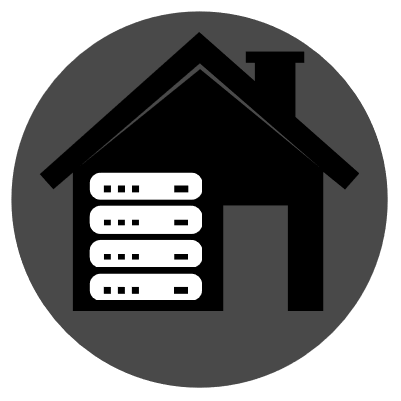🌟 Self-Hosting Journey Update! 🌟
After weeks of work, I’m excited to share my self-hosted setup! 🎉 I’m running everything on a Raspberry Pi 500 with Stormux (Arch Linux ARM-based), 8 GB RAM, and a 512 GB SD card (planning to upgrade to SSD or NAS as soon as I can afford it). Here’s what I’ve built so far:
🔧 Services in Action:
- Development: Forgejo, Code-Server, Woodpecker CI
- Productivity: Joplin Server, Monica CRM, Homepage dashboard
- Monitoring: Prometheus + Alertmanager, Grafana, Netdata, Uptime Kuma
- Networking: AdGuardHome + Unbound, Tailscale VPN
- Tools: MiniFlux, Linkding, TheLounge
- Management: Portainer, Cockpit, Watchtower
🔒 Security & Access:
- Caddy + Cloudflare Zero Trust/Access for reverse proxy & SSO
- FirewallD + Fail2ban for extra protection
📧 Emails Powered by Zoho ZeptoMail:
All email-capable services (e.g., Forgejo, Joplin) are configured for reliable notifications.
💾 Backups: Using IDrive’s 5 TB plan for peace of mind.
This journey has been challenging yet rewarding! 🚀 I’d love to hear your thoughts—especially tips on scaling storage or optimizing performance. Let’s chat! 💬
#SelfHosting #RaspberryPi #Linux #ArchLinuxARM #Stormux #Tech #OpenSource #DIYTech #HomeLab #CloudComputing #AdGuardHome #Grafana #Prometheus #CodeServer #Portainer


Sounds very cool! If I understand correctly, you are running docker directly on the bare metal Stormux, so no VM in-between. You mentioned using some external provider for backup storage, how exactly do you do the backups themself? Do you have a script/tool that saves the config and app data for each of your services?
@tofuwabohu Yes, I’m running Docker directly on the Raspberry Pi. IDrive automatically backs up the folders you specify at a time you choose. I think it uses Cron or something.